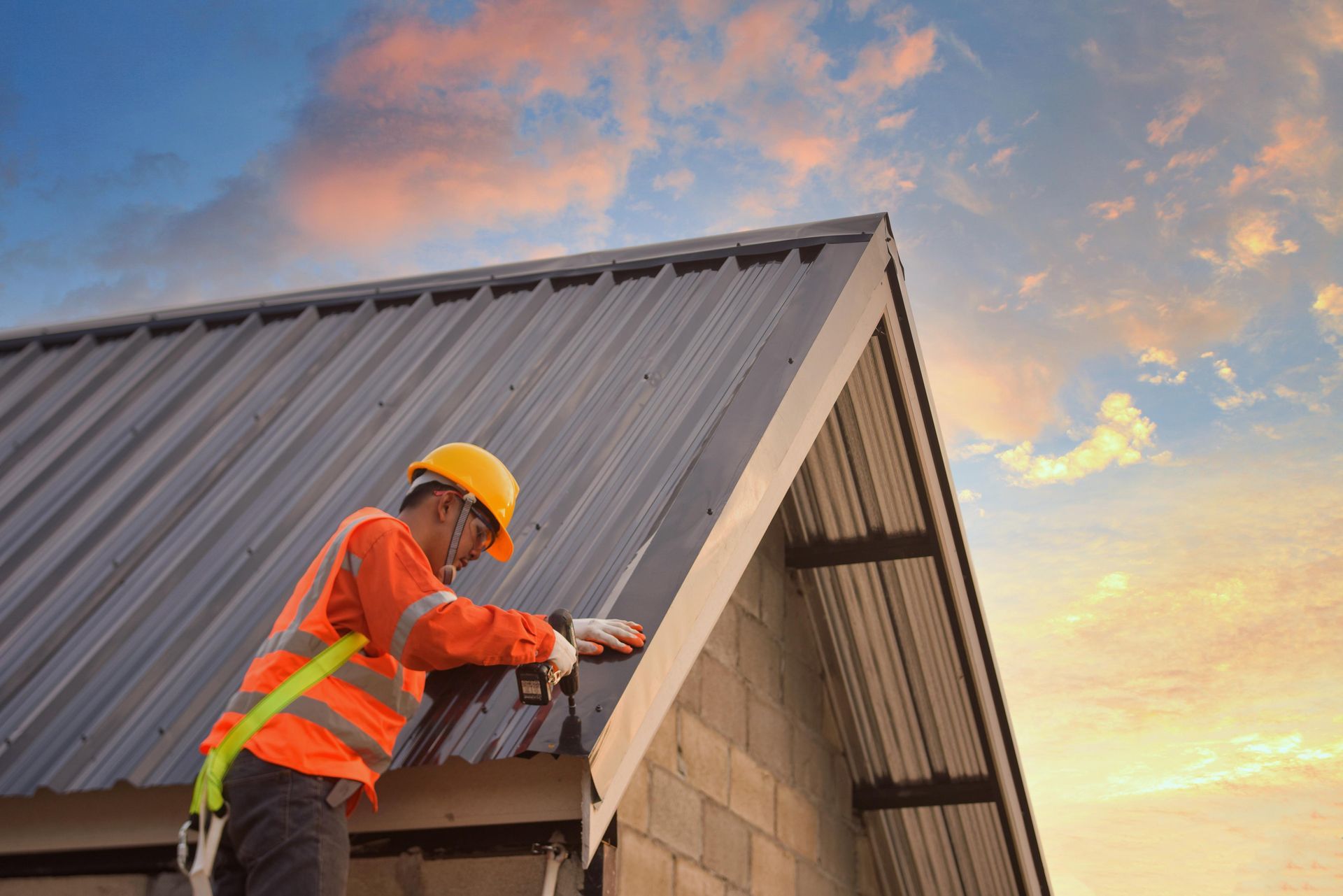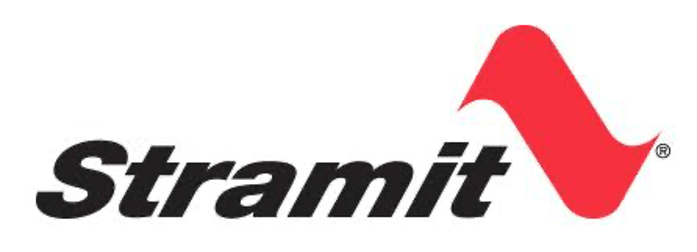Common Roofing Materials and Which is Best for Gold Coast Homes
Choosing the right roof is one of the most important decisions a property owner can make. A roof is not just about protection — it influences energy efficiency, comfort, and the look of a building. On the Gold Coast, this decision carries even more weight. The coastal environment exposes properties to salt-laden air, harsh sun, and heavy seasonal rain. Not every material can withstand these challenges equally, making it essential to weigh up your options carefully.
In this article, we’ll explore the most common roofing materials used locally and assess how each performs in durability, maintenance, energy efficiency, and cost-effectiveness. Whether you are building, replacing, or upgrading, this guide will help you select the best option for long-term performance.
Metal Roofing (Colorbond)
Metal roofing, particularly Colorbond, has become one of the most popular choices for roofing on the Gold Coast. Its resilience and modern look make it a preferred option for residential and commercial properties.
There are several reasons why metal roofing is a standout choice:
- Metal roofing provides excellent resistance to salt corrosion when manufactured with protective coatings, making it ideal for coastal properties.
- The material is lightweight, which means less structural stress compared to tiles.
- Reflective surfaces help regulate indoor temperatures, improving energy efficiency during hot summer months.
- The variety of colours and profiles available allows homeowners to match their roof to almost any architectural style.
Metal roofing requires minimal maintenance. A regular wash to remove salt residue is usually sufficient to extend its lifespan. With durability that can stretch beyond four decades, it is often one of the most cost-effective solutions in coastal climates.
Terracotta Tiles
Terracotta tiles are known for their timeless aesthetic and natural insulation properties. They are often found on Mediterranean-inspired homes and heritage-style properties.
The benefits of terracotta tiles include:
- Terracotta tiles are highly resistant to UV damage and maintain their rich colour for many years.
- They provide strong thermal insulation, helping to stabilise indoor temperatures and reduce reliance on air conditioning.
- When well-maintained, terracotta roofs can last more than 50 years, making them a long-term investment.
The drawbacks are mainly structural and maintenance-related. Terracotta tiles are heavy and require a robust support structure. They can also crack under impact, meaning inspections and occasional replacements are essential. For roofing contractors on the Gold Coast, terracotta remains a strong option, but homeowners must be prepared for the upkeep.
Concrete Tiles
Concrete tiles offer an alternative to terracotta, with similar visual appeal but lower upfront costs. They are widely used in both traditional and modern designs.
Key strengths of concrete tiles are:
- They are resistant to fire, wind, and rain, providing reliable protection in coastal storms.
- A variety of finishes and profiles allows flexibility in matching different property styles.
- They are more affordable than terracotta tiles, making them a practical option for budget-conscious homeowners.
However, concrete tiles are porous and absorb water, increasing roof weight during prolonged wet periods. They also fade quickly in salty environments, often leading to resealing or repainting. Despite this, they remain cost-effective for many homes when combined with regular care.
Asphalt Shingles
Asphalt shingles are not as widely used in Australia, but still appear on some properties due to their affordability and ease of installation.
Their advantages are straightforward:
- Shingles are lightweight and do not place as much strain on roof structures.
- They come in a wide range of textures and colours, offering design flexibility.
- They are budget-friendly for short-term roofing solutions.
The main issue is their limited suitability for coastal conditions. Asphalt shingles have a shorter lifespan, often needing replacement within 20 years, and perform poorly against salt corrosion. For property owners seeking longevity, shingles are usually not the recommended choice.
Performance in Coastal Conditions
It is important to consider how each material performs under Gold Coast weather conditions to make the right decision. The main factors to consider are durability, salt resistance, maintenance needs, and cost-effectiveness.
- In terms of durability, metal roofing and terracotta tiles lead the way, with lifespans extending well beyond 40 years. Concrete tiles provide solid longevity, while shingles generally require earlier replacement.
- Colorbond metal roofing performs best for salt resistance, while terracotta and concrete sit in the middle range. Shingles are most vulnerable to salt-laden air.
- When it comes to maintenance, metal roofing is the easiest to manage. Tile roofs need more inspections for cracks or damage, while shingles require frequent attention to prevent moisture problems.
- Looking at cost-effectiveness, metal roofing and concrete tiles deliver the best balance between performance and investment. Terracotta provides excellent results but at a higher long-term cost. Shingles may save money upfront, but they demand frequent replacements.
Longevity & Maintenance
Every roofing material has its own care requirements that influence its overall performance.
- Metal roofing requires little more than occasional rinsing to maintain its protective coatings.
- Terracotta tiles can last a lifetime but require inspections to replace cracked sections.
- Concrete tiles may fade and collect moss, making occasional cleaning and resealing important.
- Asphalt shingles are the most demanding, with frequent maintenance and earlier replacement needed in coastal conditions.
Energy Efficiency and Street Appeal
A roof also significantly affects a property’s energy performance and appearance. Metal roofing is highly reflective, which reduces cooling needs in summer. Terracotta and concrete tiles provide natural insulation, retaining warmth in cooler weather while moderating indoor temperatures. While versatile in design, asphalt shingles are not as efficient in energy performance.
In terms of appearance, terracotta and concrete tiles provide a textured, traditional look, while metal roofing offers sleek lines that suit modern architecture. Choosing a roof material often balances design preferences and practical performance in the coastal climate.
Making the Right Choice for Gold Coast Properties
When selecting the right roof, consider these key factors:
- How close the property is to the ocean and the level of salt exposure it faces.
- Whether you are looking for a long-term investment or a short-term roofing solution.
- The architectural style of your home or building and how the roof complements it.
- Your budget, both upfront and over the long run in terms of maintenance and replacement.
Protect Your Property with Expert Roofing Services
At Ron Nickel Roofing, we specialise in roofing on the Gold Coast and work with property owners to achieve durable, attractive, and energy-efficient results. Our skilled roofing contractors can help you choose the right material for your home or business, ensuring it withstands the coastal climate while enhancing its appearance. Contact our team today to arrange a consultation.











